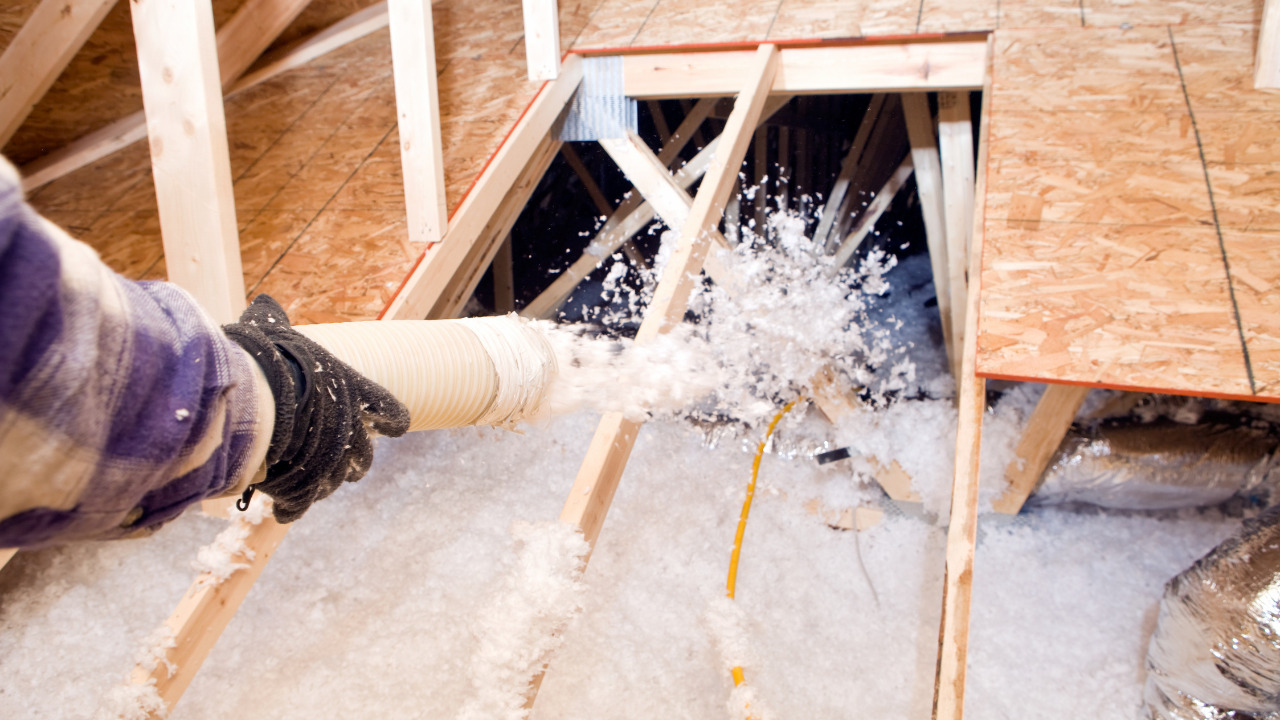Selecting the right insulation for your home renovation project is crucial to achieving energy efficiency, cost savings, and overall comfort. This guide aims to provide a comprehensive understanding of the various insulation materials available in the market.
From understanding the unique properties of fiberglass, mineral wool, and cellulose to the more contemporary options like spray foam and rigid foam, we will explore how each material impacts your home’s thermal performance, cost of installation, and the environment.
Table of Contents
The Importance of Proper Insulation
Before delving into the different types of insulation materials, it’s important to understand why proper insulation is crucial for any home renovation project. Insulation is a barrier between your home’s interior and exterior, keeping out unwanted heat in the summer and trapping warm air inside during winter.
This results in lower energy bills, as your heating and cooling systems don’t have to work as hard to maintain a comfortable temperature.
Proper insulation also helps reduce noise pollution, increases fire resistance, and extends the lifespan of your home by preventing moisture damage. Visit this website if you need more information on why insulation is important.
Understanding Different Insulation Materials
Fiberglass
Fiberglass is a cost-effective and widely used insulation material. It consists of glass fibers that are bonded together to form batts, rolls, or loose-fill. Its effectiveness lies in its low thermal conductivity, providing high thermal resistance with minimal thickness.
However, fiberglass can be difficult to work with because it requires special protective clothing and equipment due to its small glass fibers that can irritate the skin, eyes, and lungs.
Mineral Wool
Mineral wool is made from molten rock, or slag spun into fibers. Similar to fiberglass, mineral wool provides excellent thermal insulation while being non-combustible and water-resistant. It’s also relatively easy to install and has good soundproofing properties.
However, mineral wool can be more expensive than fiberglass and may not be as effective in sealing air gaps.
Cellulose
Cellulose insulation is made from recycled newspaper or cardboard treated with fire-retardant chemicals. It’s an eco-friendly option that provides good thermal resistance and easy installation due to its loose-fill form.
On the downside, cellulose can settle over time and may require additional layers to maintain its effectiveness. It’s also not recommended for damp areas, as it can promote mold growth.
Spray Foam
Spray foam is a modern insulation option that forms an airtight seal when sprayed onto walls or ceilings. This prevents air leakage and provides superior thermal resistance to traditional materials like fiberglass and cellulose.
However, spray foam can be more expensive and requires professional installation. It’s also made of chemicals that may emit an odor during installation, so proper ventilation is necessary.
Rigid Foam
Rigid foam insulation is versatile in different forms, such as boards, panels, and liquid spray. It provides excellent thermal resistance and can be used in various home areas, including walls, roofs, and foundations.
On the other hand, rigid foam is more expensive than other materials and may require professional installation. It’s also not as environmentally friendly compared to other options.
Choosing the Right Insulation Material
The ideal insulation material for your home renovation project depends on several factors, such as budget, location, climate, and construction type.
For example, if you live in a colder climate, materials with higher R-values (a measure of thermal resistance), like fiberglass or mineral wool, may be more suitable. If budget is a concern, then cellulose might be the better option.
It’s also essential to consider the environmental impact of your insulation material. Opting for recycled or natural materials is eco-friendly and contributes to better indoor air quality.
How Can Professionals Help You Choose?
Selecting the right insulation material can be overwhelming, especially for those new to home renovation. That’s where professionals come in. Insulation contractors have vast knowledge and experience in choosing and installing the best materials for your project needs.
They can also help you navigate various factors like R-values, environmental impact, and installation costs to make an informed decision.
Conclusion
Choosing the ideal home renovation insulation material requires careful consideration of factors such as effectiveness, cost, and environmental impact. By understanding the unique properties of each material and seeking professional guidance, you can ensure that your home is properly insulated for maximum comfort and energy efficiency.
So, whatever your renovation plans are, don’t forget to include proper insulation in your budget and make the most of your investment.





